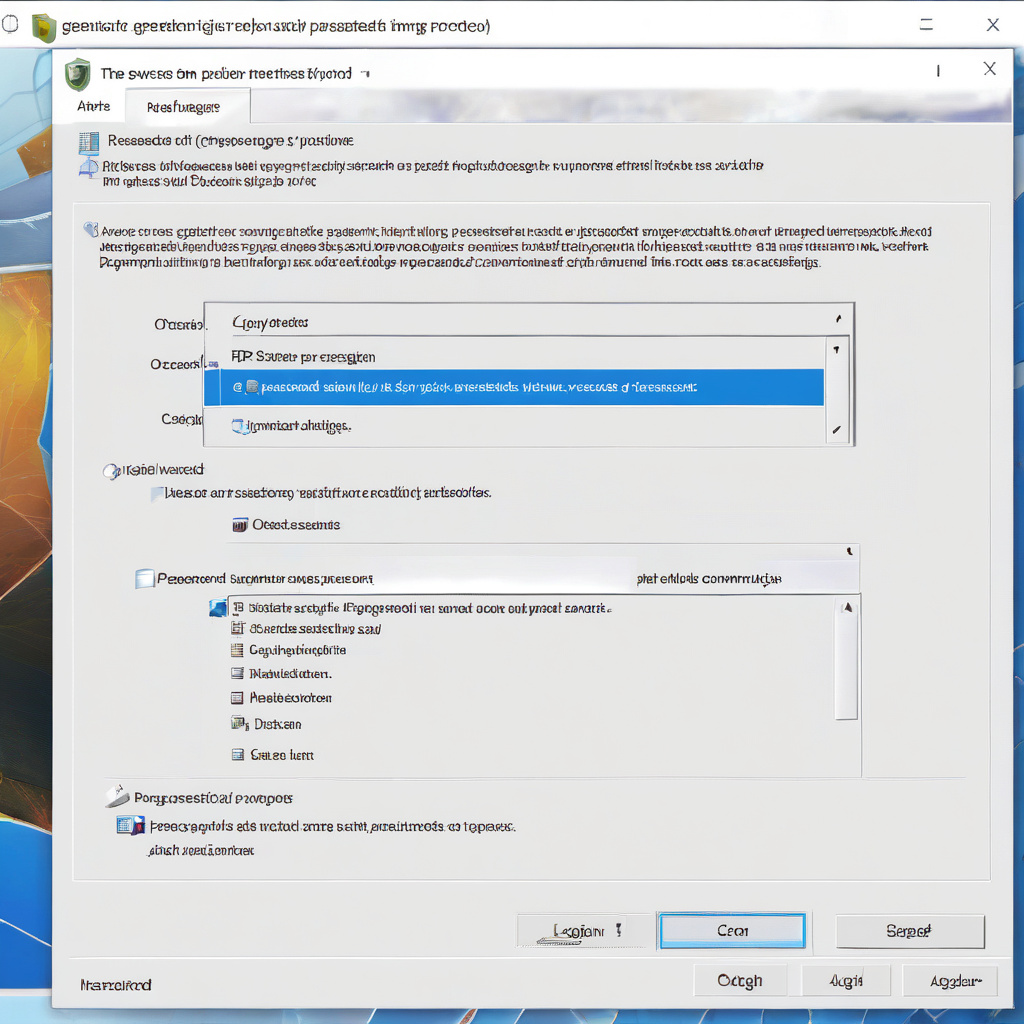In the realm of cybersecurity, Remote Desktop Protocol (RDP) serves as a crucial tool for remote access to systems. However, a recent study by Specops Software has shed light on a concerning trend: attackers are managing to breach RDP systems using alarmingly simplistic passwords. This revelation underscores a critical issue in cybersecurity – the prevalence of weak passwords that leave systems vulnerable to exploitation.
The findings from Specops Software’s research reveal a stark reality: the top 10 most commonly used RDP passwords are far from being complex or secure. These passwords, often easily guessable or widely known, provide a straightforward path for attackers to compromise systems and gain unauthorized access. In a digital landscape rife with sophisticated cyber threats, relying on such rudimentary passwords is akin to leaving the front door unlocked in a high-crime area.
Consider passwords like “123456,” “password,” or “admin” – these perennial favorites among users may seem convenient, but they pose a significant risk to the security of RDP connections. Attackers are well aware of these predictable choices and leverage them to infiltrate systems with alarming success rates. As professionals in the IT and development sphere, it is imperative to recognize the grave implications of using such weak passwords in an age where cyber attacks are increasingly prevalent and sophisticated.
The repercussions of compromised RDP systems extend beyond individual inconvenience to potentially catastrophic consequences for organizations. A successful breach through weak RDP passwords can result in data theft, system hijacking, ransomware attacks, and other malicious activities that can cripple operations and tarnish reputations. The cost of a security incident far outweighs the minimal effort required to implement robust password practices.
So, what measures can IT professionals take to bolster the security of RDP connections and mitigate the risk posed by weak passwords? The answer lies in adopting stringent password policies that prioritize complexity, uniqueness, and regular updates. Encouraging the use of passphrases instead of single words, incorporating a mix of uppercase and lowercase letters, numbers, and symbols, and implementing multi-factor authentication are essential steps in fortifying RDP security.
Furthermore, leveraging password management tools and conducting regular security audits can help identify vulnerabilities and proactively address them before they are exploited by malicious actors. Educating users about the importance of password hygiene and the critical role they play in safeguarding sensitive information is also paramount in fostering a culture of cybersecurity awareness within organizations.
In conclusion, the revelation that attackers are successfully breaching RDP systems using easily guessable passwords serves as a wake-up call for IT professionals and organizations alike. By recognizing the inherent risks associated with weak passwords and taking proactive steps to enhance password security, we can fortify our defenses against cyber threats and safeguard the integrity of our systems. Remember, in the world of cybersecurity, the strength of your password could be the difference between resilience and vulnerability. Let’s make every password count.

